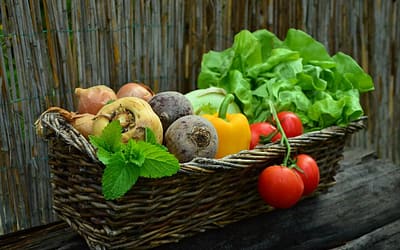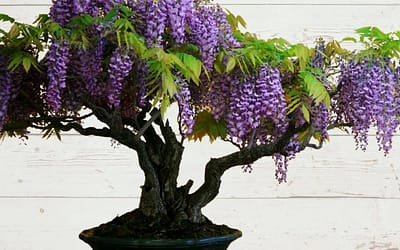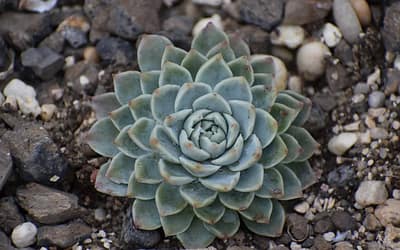Aphids are small, soft-bodied, sap-sucking insects. They have various names including plant lice, blackfly, and greenfly. These pests belong to the superfamily Aphidoidea. The scientific world has discovered about 4,000 species of aphids globally. Individuals of the same species can have various colors.
Generally, Aphids prey on a wide range of plants. However, some species are specific to one or two host plants. Examples include potato aphids, bean aphids, melon aphids, cabbage aphids, green peach aphids, and woolly apple aphids.
These pests do not bother plants significantly. However, a large population of these pests can cause severe damage. They infect the leaves, fruits, flowers and eventually impede plant growth. They also transmit viruses among some plants, spreading the plant disease. Some vulnerable crops include potatoes, citrus, and different varieties of grains.
Aphids tend to multiply rapidly. They can reproduce many fresh new generations, even within a season. Hence, it is important to control them before their reproducing cycle begins. With consistent efforts, you can manage these slow-moving pests effectively.
What are Aphids?
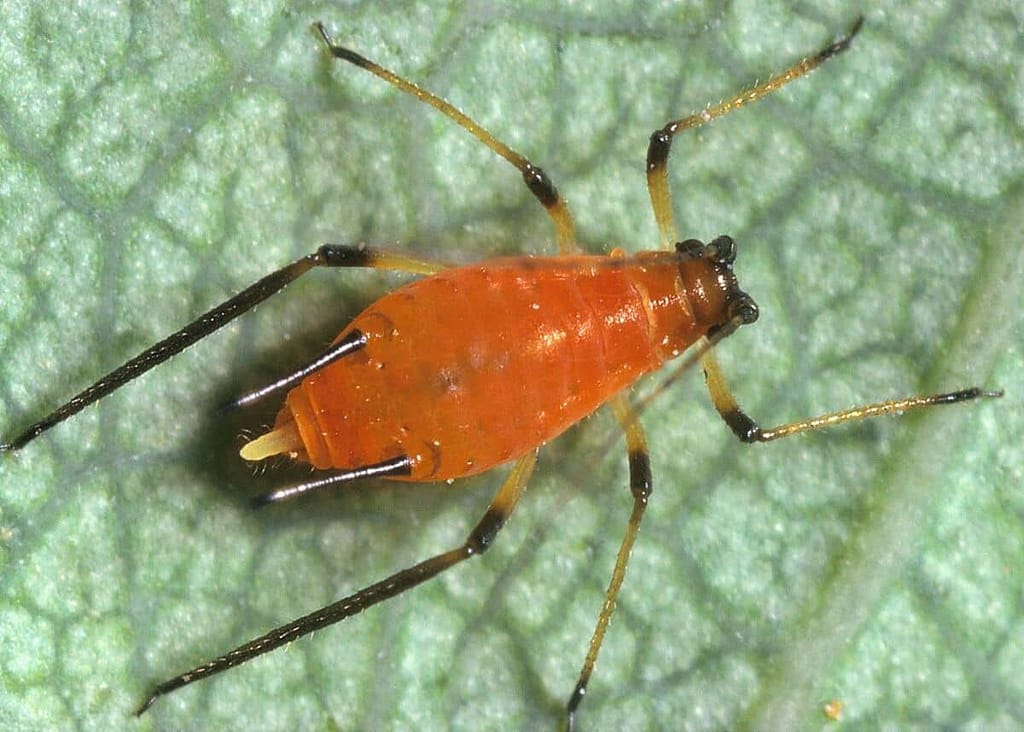
Photo by WikiPedant at Wikimedia Commons, Aphid on leaf05, CC BY-SA 4.0
Aphids, in general, are pear-shaped, soft-bodied, tiny insects. Most species grow under 1/8 inch (length). Hence, it is difficult to spot them individually with the naked eye. They can almost be of any color. Some species can also appear woolly or dusty. Most species contain both winged and wingless individual members.
Aphids possess complex eyes and a special structure with three small lenses (triommatidia) behind each eye. They consume plant sap with their straw-like mouthparts called stylets, encased in a sheath (rostrum) formed by modified jaw parts like mandible and maxilla
These insects have slender legs ending in two parts and clawed feet. Typically, Aphids have two abdominal tubes (cornicles) on their back. They release a waxy substance containing triacylglycerols, called cornicle wax for protection through them. Some can also produce other protective chemical compounds.
They feature a small, tail-like extension (cauda) near their rear end. These pests lack certain internal waste-filtering structures like Malpighian tubules
Life Cycle of Aphids
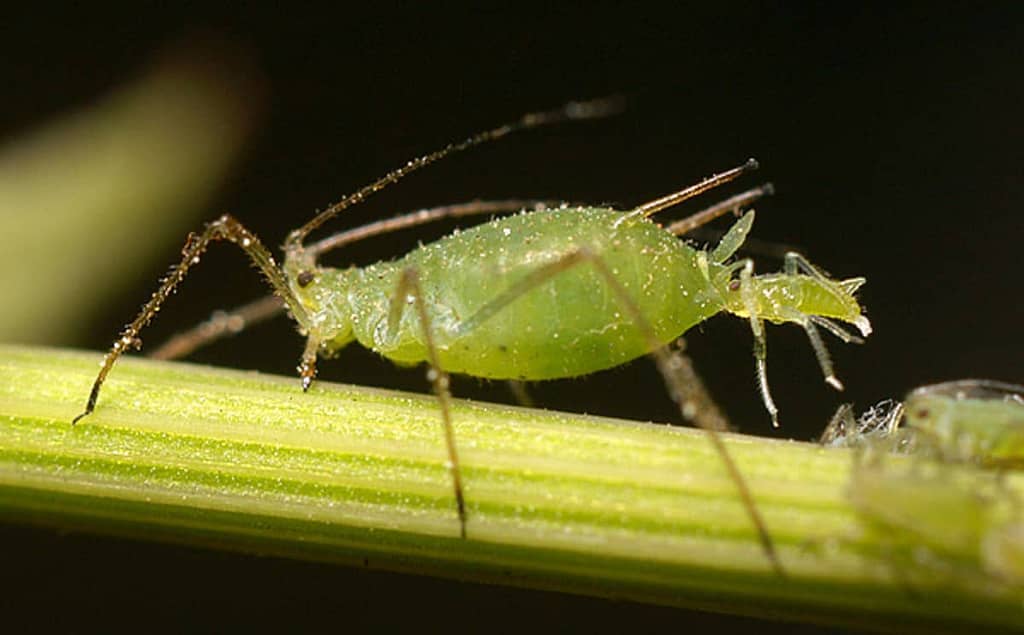
MedievalRich, Aphid-giving-birth, CC BY-SA 3.0
Aphids go through a complex life cycle. Female aphids, known as stem mothers, give birth to nymphs without mating (i.e., by parthenogenesis) all summer. They are unique because they deliver live nymphs (viviparity) instead of laying eggs.
These nymphs grow to adults in just a weeks’ time, overcrowding the plants. Some of them develop large membranous wing pairs and fly to new plants. Then, they start to reproduce in a similar fashion and the life cycle repeats.
Both winged adults (called alate) and Wingless adults (called apterous) may also live in the same colony. Alate aphids usually have two large membranous wing pairs. The first pair of wings are comparatively larger than the other.
During late summer, these stem mothers deliver both males and females. They grow to adults, mate, and the females lay eggs that overwinter attached to plants. Matured females lay about three to six eggs a day. After that, these eggs hatch new nymphs in the following spring. These new next generations readily begin to repeat the life cycle process.
In hot places, this overwintering stage may not be needed, resulting in producing continuous generations. Either way, the infection intensifies rapidly.
Symptoms of Aphid Infections
1.) As aphids suck the juice (sap) out of leaves, they inject saliva, spreading the disease viruses from plant to plant. These pests readily infect new plants.
Despite good caring, the infected plants give an overall anemic appearance. Hence, look for curled or wilted leaves, distorted or deformed fruits or flowers, stunted growth in plants, etc., as visible symptoms of infection.
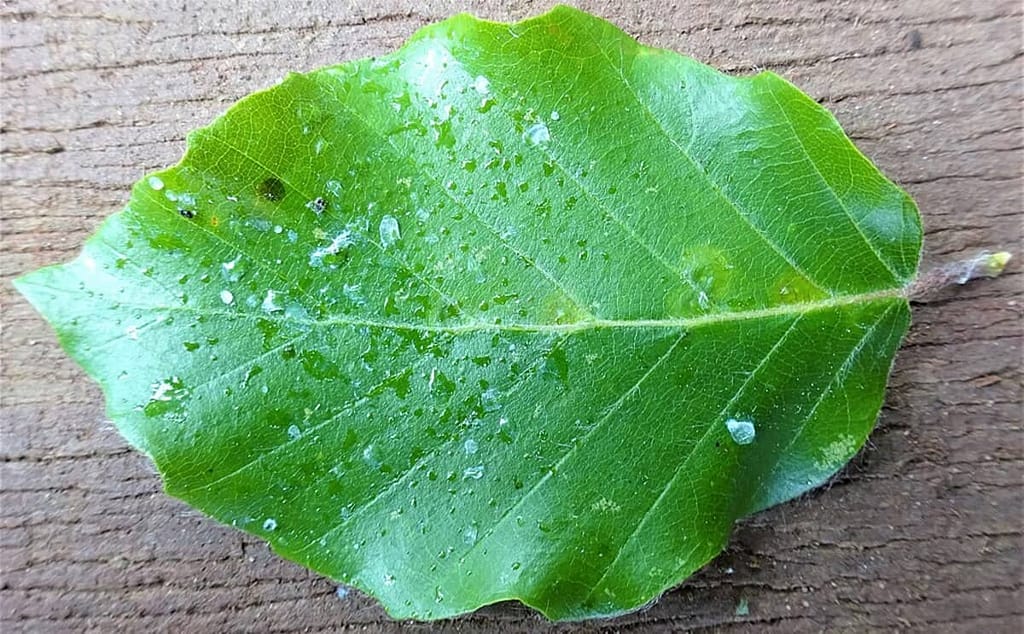
Rosser1954, Aphid honeydew rain on a beech leaf, CC BY-SA 4.0
2.) These pests excrete a sticky compound called “honeydew”, that attracts ants. The droppings of honeydew can also be found on outdoor furniture, cars, driveways, etc. near infected plants. Hence, if you find ants roaming on plants and structures nearby, it is a symptom of infection.
3.) Honeydew sometimes may cause sooty mold, a fungal growth. The infected leaves and other portions have a blackish appearance. Sooty mold can also interfere with the photosynthesizing activity in plants, giving them a pallid and unhealthy appearance.
4.) Some species of aphids can cause gall (cecidia) formation on infected portions of the plants. This is a kind of swelling on external plant tissues, like warts or benign tumors in animals.
5.) Aphids attract other insects such as ladybugs that prey on them. Hence, you may find different species of insects, along with ants around the infected plants.
Treating Aphid Infections
1.) By selective pruning, you can dispose of large infected sections at once. This is especially helpful for established plants as they can regrow faster and healthier. However, if more than a quarter of the plant is infected, you can try other methods instead of pruning. It is because, if you prune more than a quarter of the plant, you may be stressing it more than it can bear.
2.) Hosing down plants with a blast of water dislodges aphids. After that, these pests cannot find their way back to the host plant, in most cases.
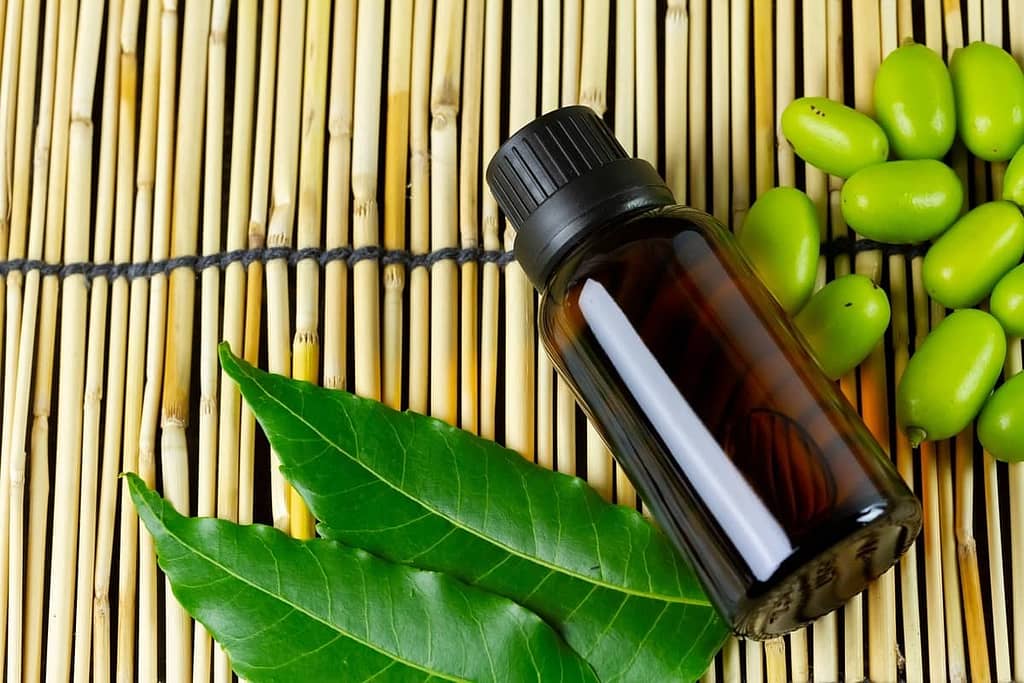
3.) If you use horticultural oils, Neem oil, insecticidal soaps, etc., make sure to follow the application procedure sheet, that comes with packing. It is because, these oils can kill pests, only when they come in contact with them.
4.) You can also try to use homemade solutions. Mix liquid soap such as castile (5 tablespoons) with water (1 gallon). Mix the solution well and apply at regular intervals. you can also mix cayenne pepper and/or neem oil to increase the effectiveness.
This eco-friendly solution kills most of the soft-bodied pests and controls the infections effectively. Surprisingly, this effective solution does not harm hard-bodied beneficial insects or birds.
5.) Another effective option is using organic, non-toxic materials like Diatomaceous earth (DE). While it can dehydrate and kill aphids, it also kills pollinators like butterflies and bees! Hence, avoid using them, particularly during the blooming seasons.
How to Prevent Aphid Infection
1.) Apply dormant horticultural oil to fruit or shade trees to eliminate aphid eggs that survive through the winter.
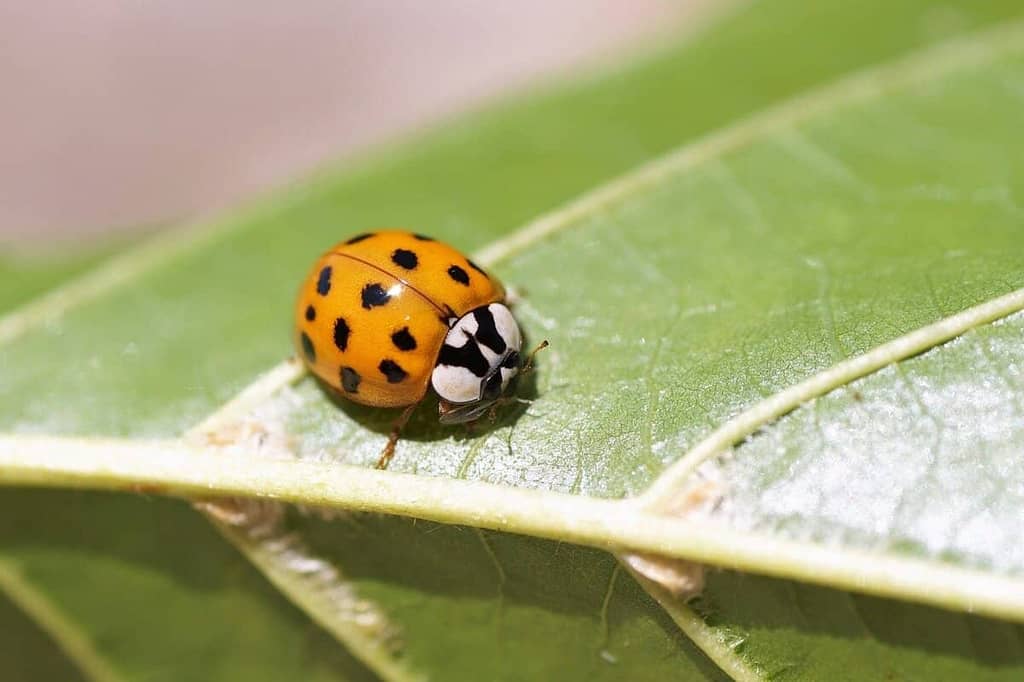
2.) Attract beneficial insects such as parasitic wasps, ladybugs, and lacewings. Growing flowering plants with different bloom times provides them with nectar all year. Make sure to provide water and create habitats like rock walls, wood piles, etc., that offer shelter to them.
You can also order beneficial insects online to counter severe infections effectively. However, it might not work well in the long term.
3.) Grow companion plants in your garden. These plants can repel aphids or attract them away from your concerned plants.
Integrated Pest Management (IPM) for Aphids
In fact, commercial agriculture giants rely on many advanced practices including integrated pest management (IPM) for their success. Many gardeners have benefitted from using integrated pest management (IPM) in adapted forms.
In this procedure, experts introduce many insect species into confined gardens. When a single pest tries to cause overwhelming damage, other pests neutralize it. Some experts also recommend minimal use of chemicals in the long run. This ensures an overall healthy garden, with minimal insect damage.
Frequently Asked Questions
There are many ways to get rid of aphids. You can hose them down using a strong stream of blazing water. You can also use homemade solutions like soap water or online solutions like neem oil to cure aphid infections.
These pests do not bother plants significantly. However, a large population of these pests can cause severe damage. They infect the leaves, fruits, and flowers and eventually impede plant growth.
Aphids go through a complex life cycle. Depending on the circumstances, some members of the same species develop wings, and others do not.
Both winged adults (called alate) and Wingless adults (called apterous) may or may not live in the same colony. Alate aphids usually have two large membranous wing pairs. The first pair of wings are comparatively larger than the other.
During the late spring season, Aphids inflict more damage on plants. Non-woody plants like dahlias, zinnias, cosmos, etc., suffer more damage compared to woody plants.
Mix liquid soap such as castile (5 tablespoons) with water (1 gallon). Mix the solution well and apply at regular intervals. you can also mix cayenne pepper and/or neem oil to increase the effectiveness. This eco-friendly solution kills most of the soft-bodied pests, controlling the infections effectively. Surprisingly, this effective solution does not harm hard-bodied beneficial insects or birds.
Curious Contemplations
Powdery Mildew
Plant Diseases


